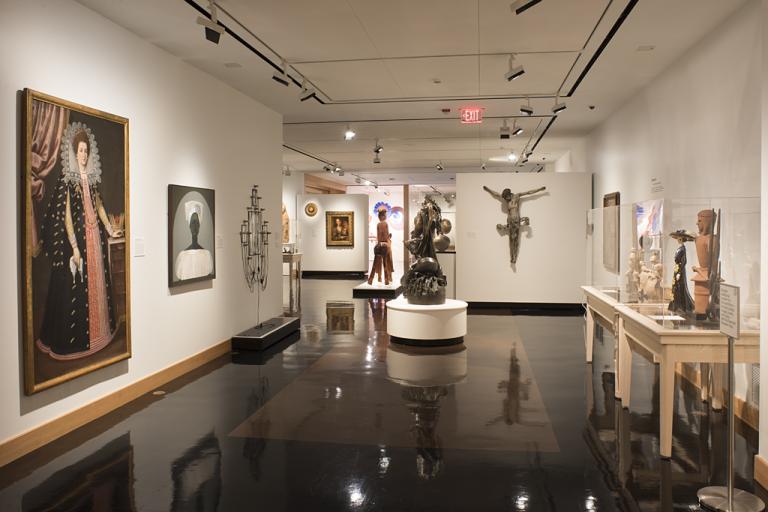Portrait of Mrs. John Lawrence, Ammi Phillips
Artwork Overview
Ammi Phillips, artist
1788–1865
Portrait of Mrs. John Lawrence,
circa 1824
Where object was made: United States
Material/technique: oil; canvas
Dimensions:
Canvas/Support (Height x Width x Depth): 76 x 61 cm
Canvas/Support (Height x Width x Depth): 29 15/16 x 24 in
Canvas/Support (Height x Width x Depth): 76 x 61 cm
Canvas/Support (Height x Width x Depth): 29 15/16 x 24 in
Credit line: Gift of a descendant of the sitters
Accession number: 0000.0202
Not on display
If you wish to reproduce this image, please submit an image request






